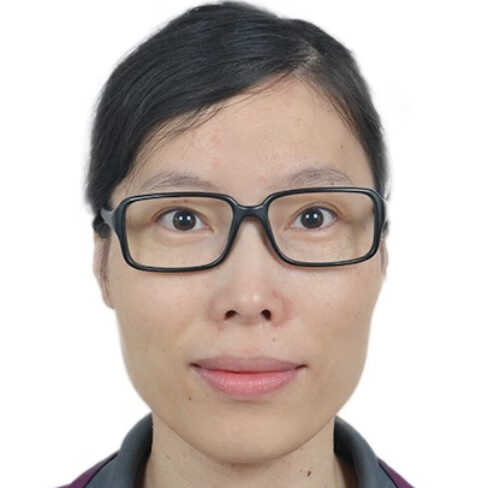肩关节脱位(参考外科学)
肩关节脱位怎样治疗?
肩关节脱位的治疗方法
肩关节脱位的治疗核心是 及时复位、固定和康复训练,以恢复关节功能并预防复发。大多数急性脱位可通过手法复位处理,但反复脱位或复杂病例可能需要手术干预。
一、急性期处理
1. 复位
手法复位:由专业医生在麻醉或镇静下进行,常用方法包括Hippocratic法、Kocher法或Stimson法,以减少疼痛和软组织损伤。
注意事项:复位前需X光检查确认脱位类型,复位后再次X光验证位置。
2. 固定
使用肩关节固定带或吊带:固定2-4周,以允许关节囊和韧带愈合,减少复发风险。
避免过早活动:防止再次脱位或慢性不稳定。
3. 疼痛管理
非甾体抗炎药(NSAIDs):如布洛芬或萘普生,用于减轻疼痛和炎症。
冰敷:急性期应用冰袋减少肿胀,每次15-20分钟,多次 daily。
二、康复训练
1. 早期康复(固定期后)
被动和主动辅助运动:如钟摆运动、肩部外旋和内旋,以恢复关节活动度。
逐步增加强度:避免 sudden movements that could cause re-dislocation.
2. 中期康复
强化肩袖肌肉:使用弹力带或轻 weights for rotator cuff exercises (e.g., external rotation).
改善稳定性:进行 proprioception training and balance exercises.
3. 晚期康复
回归运动或活动:逐步恢复 full range of motion and strength, with guidance from a physical therapist.
预防措施:继续 exercises to maintain shoulder stability.
三、手术治疗(适用于复发性或不稳定脱位)
1. 关节镜手术
Bankart修复:修复撕裂的关节唇,常用 for anterior dislocations.
其他 procedures:如 remplissage or Latarjet procedure for bone defects.
2. 开放手术
用于复杂 cases:如 large Hill-Sachs lesions or failed arthroscopic surgery.
康复更长:术后需 extensive physical therapy.
四、预防复发
避免高风险活动:如 contact sports or overhead movements until fully recovered.
持续锻炼:Maintain shoulder strength and flexibility through regular exercise.
定期随访:With healthcare provider to monitor progress and address any issues.
五、并发症管理
神经血管损伤:Rare but possible; seek immediate medical attention if numbness or weakness occurs.
关节炎:Long-term risk; manage with lifestyle and medications if needed.




